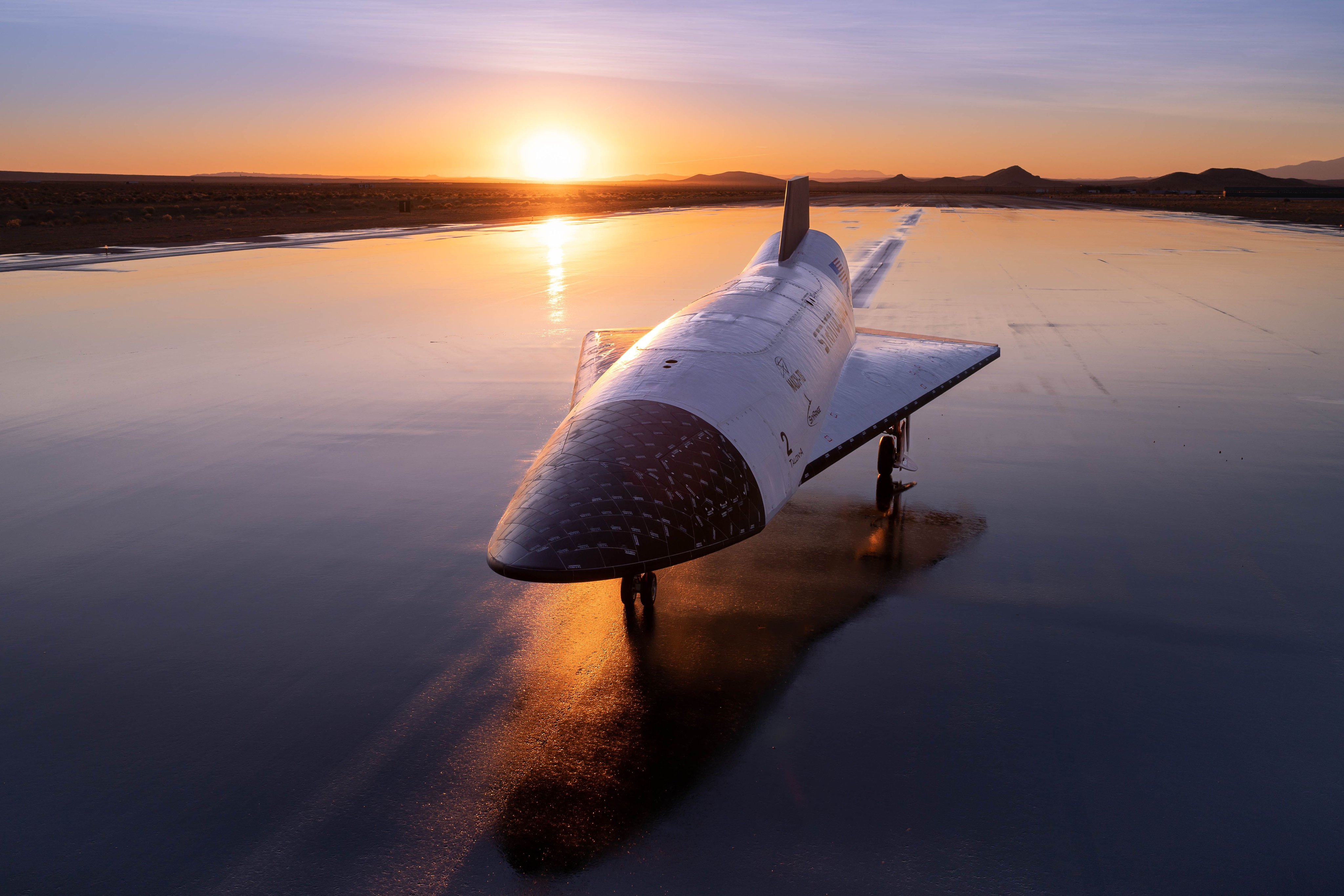The Navy's budget documents say that this is in part "due to a large portions [sic] of [the REDCAT] hardware build [being] completed and moving into the testing phase." One of METEOR's main objectives now is to "transition prior REDCAT hardware into parallel activities to provide a shipboard weapon prototype for integration in FY26, as well as a test bed for continued technology maturation and evaluation," those documents add. Land-based testing of the system is also expected to occur first.
METEOR also looks to have been included in a separate section of the Navy's
for programs being conducted as part of the Pentagon's
(RDER) initiative. Whether or not the Navy is seeking additional funding for this HPM development effort through that part of the budget in the 2025 Fiscal Year is unclear. The service's latest budget proposal does not include specific details about the programs contained within that line item.
The METEOR entry in the Navy's proposed 2024 Fiscal Year budget provides interesting additional context about the Navy's desire for shipboard HPM defense capability.
"Currently, the Joint Force suffers from a lack of redundant, resilient hard kill/soft kill options against stressing stream raid threats of Anti-Ship Ballistic Missiles (ASBM). The issue is particularly acute in the USINDOPACOM AOR [U.S. Indo-Pacific Command Area of Responsibility] due to the vast geographic distances involved, ship magazine size and adversary actions," the service's Fiscal Year 2024 budget request explains. "Without additional hard kill/soft kill options preserving magazine depth, US forces in the AOR face unacceptably high risks to the mission and to the force. Available assets in the AOR are limited with a limited number of missile inventory. HPM payload capability will solve this problem by supplementing and conserving the ships [sic] kinetic defensive weapons."






